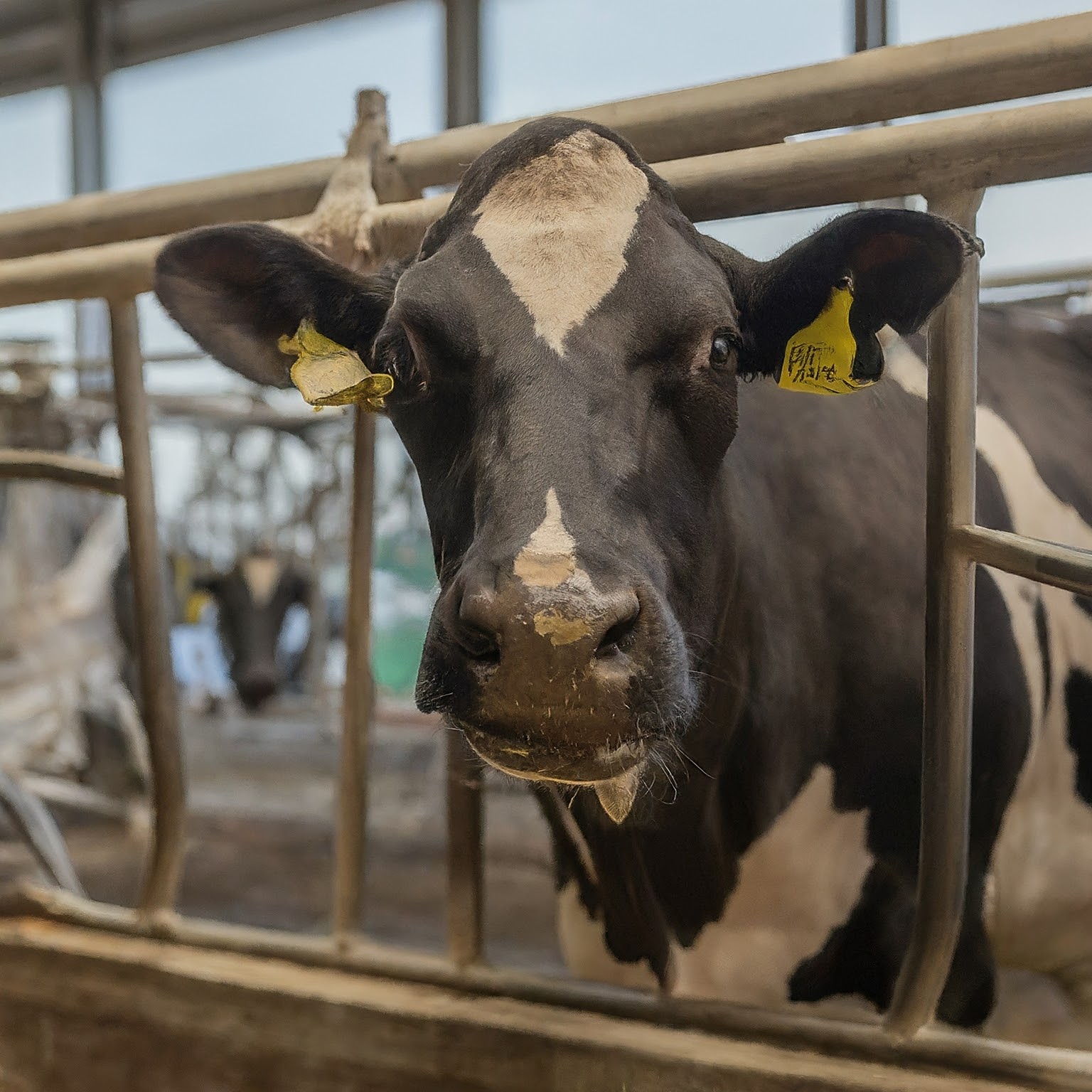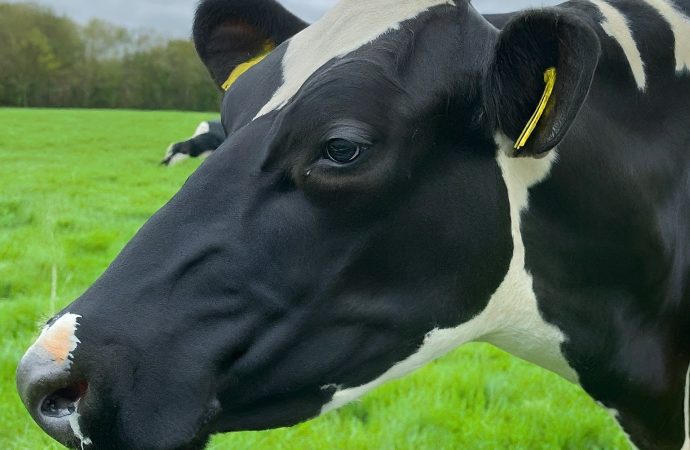Introduction I’m Dr. Sarah Thompson, a veterinarian with over 15 years of experience working with dairy farms. As news of bird flu spreads, many dairy consumers are understandably concerned. Here, I’ll address the recent surge in bird flu cases among dairy cows, explain the government’s response, and clarify the potential risks to human health. Bird
Introduction
I’m Dr. Sarah Thompson, a veterinarian with over 15 years of experience working with dairy farms. As news of bird flu spreads, many dairy consumers are understandably concerned. Here, I’ll address the recent surge in bird flu cases among dairy cows, explain the government’s response, and clarify the potential risks to human health.
Bird Flu in Dairy Cows: A Cause for Concern?
Highly pathogenic avian influenza (HPAI), commonly known as bird flu, has been devastating poultry flocks across the country. Recently, the virus has been detected in dairy cows in several states, raising concerns for both animal health and food safety.
Here’s a breakdown of the situation:
- Transmission: Bird flu primarily spreads among birds, but it can jump species if cows come into contact with infected birds or contaminated environments.
- Symptoms in Cows: Infected cows may show no symptoms, or they might experience mild respiratory issues, lethargy, or decreased milk production.
- Risk to Humans: The good news is that there haven’t been any reported cases of humans contracting bird flu from consuming milk or dairy products. Additionally, the FDA has confirmed no live virus found in commercially available milk.
Feds Step Up: Funding Dairy Cow Testing
The U.S. Department of Agriculture (USDA) has taken proactive steps to address the bird flu situation in dairy cows. Here’s what you need to know:
- Increased Testing: The USDA has allocated nearly $200 million to encourage widespread testing of dairy cows across the country. This will help identify infected animals and prevent further spread.
- Financial Incentives: Farmers are now financially compensated for testing their cows, making it easier for them to participate in this crucial initiative.
- Focus on Prevention: The USDA is also providing resources and guidance to dairy farms on biosecurity measures to minimize the risk of bird flu exposure.

Picture by: Google Gemini
Understanding the Risk: A Comparative Table
| Aspect | Bird Flu in Birds | Bird Flu in Dairy Cows |
|---|---|---|
| Transmission | Primarily through direct contact with infected birds or contaminated environments. | Can occur through contact with infected birds or contaminated environments, but less common. |
| Symptoms | Respiratory issues, lethargy, decreased egg production. | Often asymptomatic, or mild respiratory issues, lethargy, decreased milk production. |
| Risk to Humans | High for people in close contact with infected birds. | Extremely low. No reported cases of human infection from consuming milk or dairy products. |
Moving Forward: Safety and Transparency
The recent developments highlight the importance of ongoing vigilance and collaboration between farmers, veterinarians, and government agencies. Here’s what you can expect:
- Continued Testing: Regular testing will remain a priority to monitor the spread of bird flu in dairy herds.
- Enhanced Biosecurity: Increased focus on biosecurity measures will be vital to protect dairy cows from exposure.
- Consumer Transparency: Government agencies and dairy producers are committed to keeping consumers informed about the situation and ensuring food safety.
Conclusion
While bird flu in dairy cows is a developing situation, the risk to human health remains very low. Increased testing and biosecurity measures will play a crucial role in managing the situation. As a consumer, you can trust that government agencies and the dairy industry are working diligently to maintain the safety of your food.
















